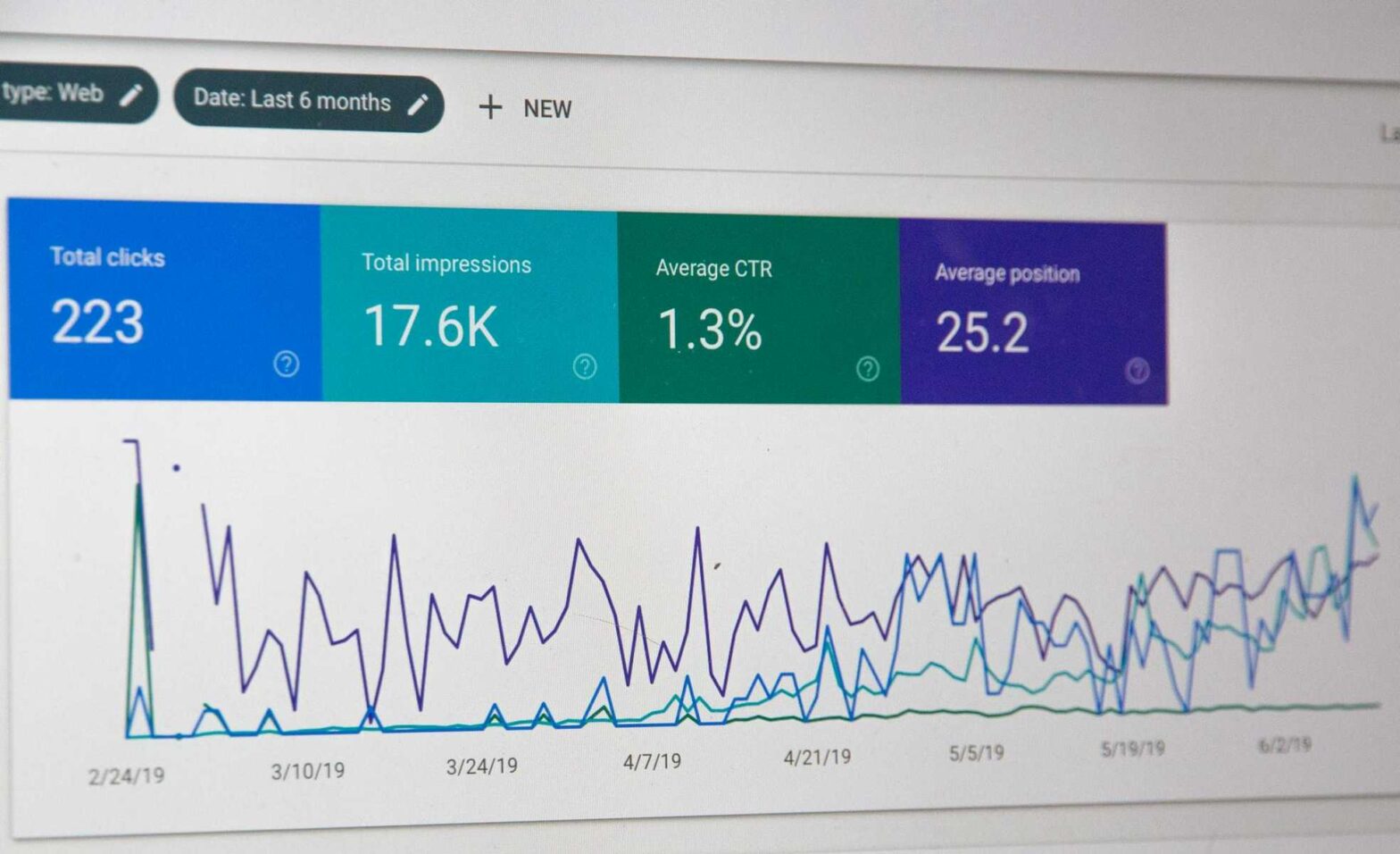How to Assess Your Ad Campaigns at Structured Intervals
Structuring your ad campaigns is possibly the most critical piece of a successful digital marketing effort. There are a few options to consider to properly execute the assessment periods that your ad campaigns require.
The Importance of Regular Milestones for Ad Campaigns
You’ve all been there. Putting together an ad that you’re sure will result in an incredible reach, authentic site visitors, and plenty of conversions. Then it seems to fall flat.
Frustrated, you toss the ad set into the virtual trash and start all over. Before you give up on all the hard work you’ve put into the campaign you’re about to delete, it’s essential to assess whether or not you’ve given it enough time to work.
Plain and simple: The algorithms on any advertising platform need time to acclimatize to your ad.
So, how can you be sure if you’re wasting money on an ad that isn’t working, or you’re pulling a potentially successful ad too early? By giving your ad campaign evaluatory milestones to judge and predict its effectiveness.
How to Measure the Effectiveness of Marketing Campaigns
To ensure that you’re not discontinuing an ad prematurely, or hanging onto a marketing effort that will never see any ROAS, you’ve got to have a firm grip on whether or not your campaign is working. There are a few ways to do this that will manage your marketing budget and keep you from overspending.
Plan Your Ad Campaign
This seems like an obvious first step, but there’s more to it than you think. You’ve probably got a target demographic in mind, and that’s fantastic because you’ve got to plan around them.
When it comes to your business, everything should have a well-thought-out plan that walks on the side of success. Hire a writer to create incredible copy for your audience. Do your market research, and know what your customers want to purchase.
Once you’ve got your campaign edited and in place, you can then go on to choose a method (or two, or three) to track its success.
Define Your Campaign Tracking Channels
Assessing your ad campaign is easier when dividing into tracking channels. A channel is a subgroup of your marketing traffic, and they come in a wide variety. Here are the most popular when it comes to ad campaign clicks.
Referral Traffic: Referral traffic consists of potential customers that come to you from a third party, not including search engines or social media.
Organic Traffic: The much sought-after organic traffic is made of up those who’ve found you through a search engine, such as Bing or Google. Choosing the correct keywords for your ad campaign is the perfect way to boost organic traffic.
Paid Traffic: Paid traffic is the users driven to your site through your paid ad campaign, whether it be printed on a flyer or PPC.
Social Traffic: Social traffic is made up of those that stumbled across you while spending time on social media sites. This traffic can be both organic and paid.
Choose the Marketing Metrics You’ll Consistently Measure
Measuring your return on investment from marketing campaigns is essential to running your business responsibly. You can do this through marketing metrics, which consists of numerical data that allows you to see whether or not you’ve met your campaign goals.
Web Content: The quality of the content you post is measured here, along with the actions visitors take on your website. Poor quality content has fewer followed links.
Lead Conversion: Lead conversion focuses on gathering data on your visitors from the first contact all the way through to becoming an actual customer. Always track this to see where they drop off, and make changes along the way.
Site Visitors: You can use this data to track when an individual site user first lands on your site, and how many times that same person comes back. With this metric, you see how active each phase of your plan was. You can also track the differences between new and repeat visitors.
Click-Through Rate: Measuring this metric will keep you up to date on how far potential customers get in the sales process. When it’s low, you can find better ways to encourage them to enter their information.
Bounce Rate: The bounce rate measures whether or not people land on your site and leave, or take another measurable action. If they’re going, it’s time to change your landing page content.
Other forms of measuring metrics include page views, search engine referrals, social media effectiveness, word of mouth, form conversion rate, and open email results in email campaigns.
Measure Your Campaigns Closely
Each of these metrics, along with the use of Google Analytics or Kissmetrics, will help you see if your ad campaign is succeeding within the parameters you’ve set for it.
Changes in your SEO position is a great way to measure the success of an ad campaign. A great deal goes into SEO, so be sure to measure with properly placed PPC ads and tracking URL’s.
Overnight success is not likely. It takes time (at least 3 months) to build a successful campaign and let it succeed. Measure in intervals that you’re comfortable with, and if you’re seeing substantial growth, stick with it.














0 Comment